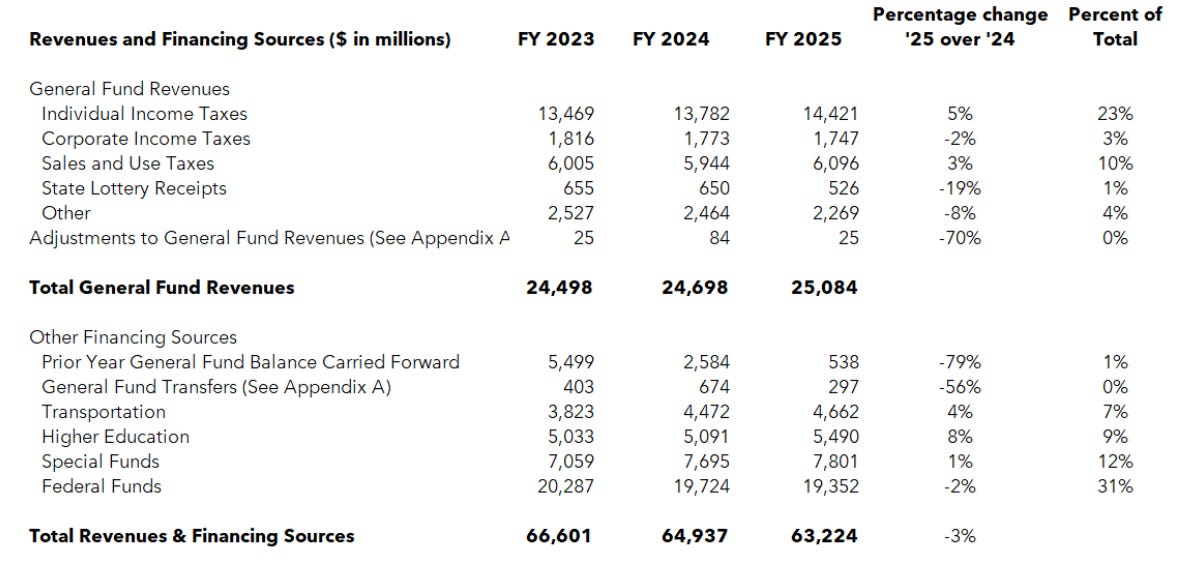Maryland Governor Blames His Predecessor For His Own Overspending
In the introductory letter for the Maryland 2026 fiscal year budget, Governor Wes Moore resolves to right the state’s fiduciary ship from the financial disorganization of his predecessor, ex-Governor Larry Hogan, and the $2.95 billion General Fund projected shortfall:
Our administration did not create the budget hole. But as good stewards of the public trust, we share a responsibility to close it.
But based on Moore’s own budget documents it’s relatively easy to see that the financial was created under Moore’s watch.
In the 2025FY budget, there’s a line item under revenues for the balance of the general fund carried forward, which was $5.499 billion in 2023 when Moore came into office is now half that and only $538 million left for 2025.
The Rainy Day Fund—ostensibly a fund to cover unpredicted expenses—has regularly been tapped to plug budget holes.
The state’s budget gap is nothing new and was warned about at least since November. Expenditures for the state increased around $4 billion from 2022 to 2023 alongside declining revenues from sources like federal funds.
In 2023, most of those expenditures were just being used to replenish the state’s reserve fund, but by 2024 the state was spending the same amount without much going in the reserve fund.
Instead, the additional $4 billion was put largely towards health spending and higher education.
h/t X


